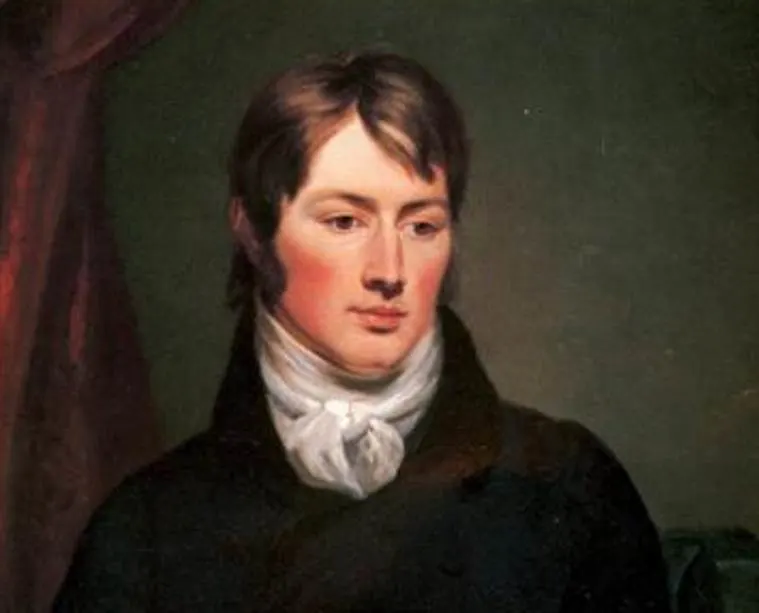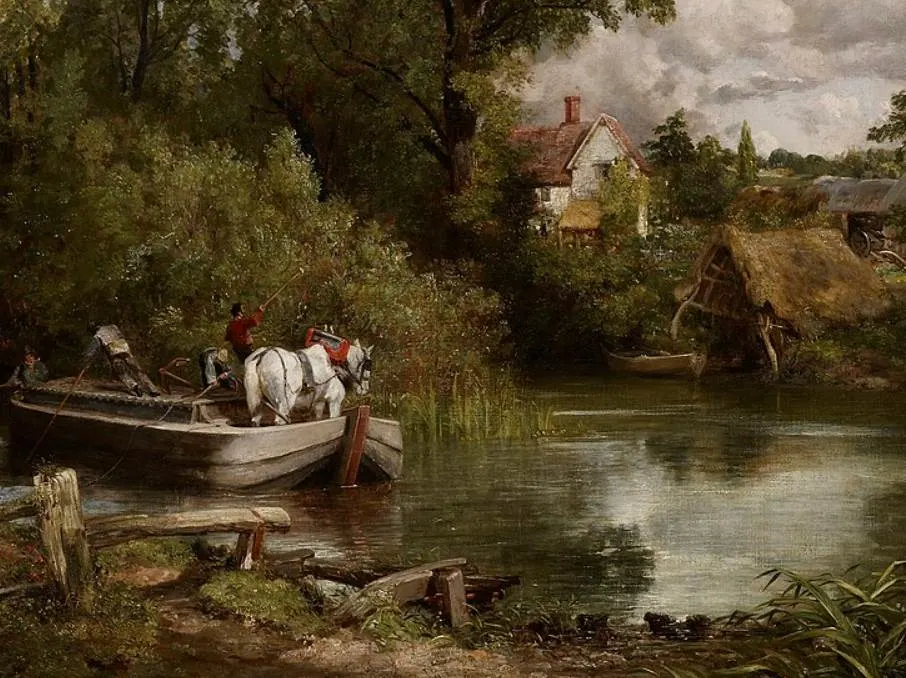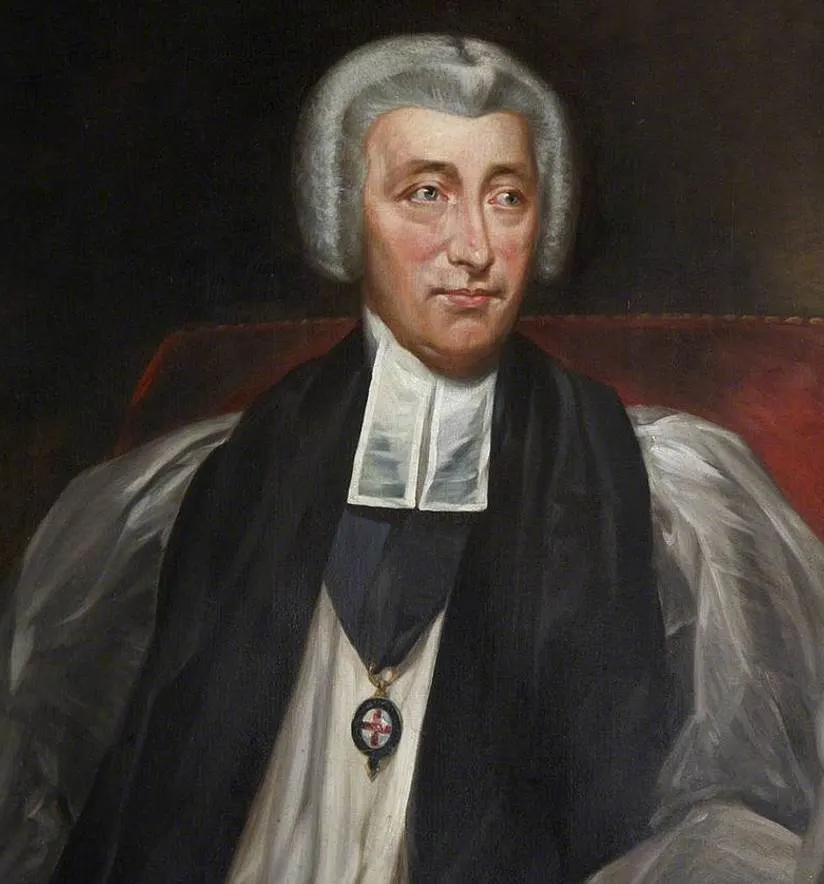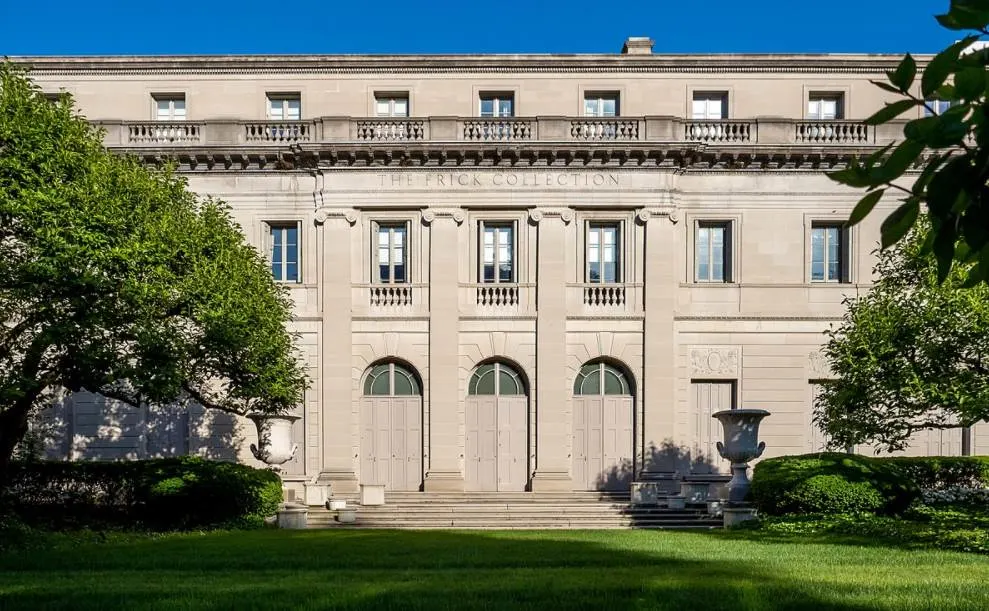When you see the title of a painting called “The White Horse,” you instantly assume that you will be able to discover the anatomy of this fascinating animal.
This isn’t the case in this painting by a famous English painter who specialized in landscape paintings at a time when this type of artwork wasn’t so popular.
John Constable (1776-1837) was an artist of the Romantic era who refused to accept the reality of industrialization and urbanization.
His dreams of what he perceived to be a better past are reflected in his amazing paintings that depict the simple life in his native region.
In this article, we’ll take a closer look at some of the most interesting facts about The White Horse by John Constable, one of the artist’s most amazing paintings.
1. The painting was completed 3 years after Constable got married
John Constable was born and raised in Suffolk, a county in the eastern part of England. The area around his home is called Dedham Vale and is now commonly referred to as “Constable Country.”
This is for the simple reason that he mainly focused on painting the rural landscape of the area near his home, a place he dearly loved.
He was the son of a rich corn merchant who owned a ship that transported corn to London on the River Stour. He spent most of his childhood years making drawings of the area near the river.
Landscape paintings weren’t held in high regard in the early 19th century but the young John was determined to become a professional landscape painter.

He barely succeeded and only became successful after getting married in 1816. He painted The White Horse 3 years later in 1819.

2. It depicts a white horse being ferried across the River Stour
The title of the painting is a reference to the white horse that is being transported on a ferry across the River Stour.
Like in most of his other works, Constable put a high emphasis on the rural surrounding so the white horse only covers a small portion in the bottom left corner of the composition.
This part of Suffolk is situated in a village called Flatford, not too far from East Bergholt where he was born. This scene depicts the area just below the lock.

3. It was the first in a series of major paintings by the artist
John Constable had been struggling as an artist for many years. He managed to scrape a living from his art but it didn’t provide him with financial comfort.
He married his wife Maria Bicknell, his childhood love, in 1816, and the couple debarked on a honeymoon to the South Coast of England.
It’s during this trip that the artist became inspired to start painting larger canvases than he had done before. This was the start of a series now known as his “Six-Footers.”
The White Horse is considered to be the first in this series of large paintings. Other famous works in this series of 6 paintings include “The Hay Wain” (1821) and “The Lock” (1824).

4. Selling the painting for 100 guineas was presumably crucial for Constable’s career
There’s another reason why this was such a significant painting in the oeuvre of John Constable. It was exhibited at the Royal Academy in London in 1819 and attracted many eyeballs.
One of the people who were interested in this work was John Fisher (1748-1825), the Bishop of Salisbury who became a close friend of the artist.
He purchased the painting for 100 guineas, a significant amount of money which finally provided the artist with the financial freedom he had craved for so long.
While this was a large sum at the time, his painting “The Lock” sold for £22,441,250 in auction at Christie’s in London in 2012, an astronomical sum in comparison.

5. This work was one of John Constable’s favorite paintings
John Fisher commissioned some more paintings from the artist during the 1820s, including “Salisbury Cathedral from the Bishop’s Grounds” (1823).
He later wrote a letter to the Bishop’s nephew, a man also named John Fisher, that he thought that The White Horse was his favorite work. He commented:
There are generally in the life of an artist perhaps one, two, or three pictures, on which hang more than usual interest – this is mine.
What’s remarkable is that when Fisher (the nephew) experienced financial difficulties in 1830, Constable bought the painting back from him for…100 guineas.
He held on to the painting until the day he died at the age of 60 in 1837.

6. The oil sketch of this work is part of the collection of a museum in Washington D.C.
The English painter usually made several sketches of his paintings before committing to the final oil on canvas work.
This was also the case with his famous work titled The White Horse for which he made a full-scale oil sketch between 1818 and 1819.
This sketch is of lower quality than the final version but as you can see below, the composition is exactly the same.
This oil painting is part of the collection of the National Gallery of Art in Washington D.C. and is on display in Gallery 57 of the West Building’s moan floor.

7. How big is The White Horse by John Constable?
The name of the series “Six-Footers” gives away how big these paintings are. As you guessed, they are approximately 6 feet wide (the exact width differs per painting).
The White Horse by John Constable is an oil on canvas painting that has dimensions of 131.4 × 188.3 centimeters (51.7 × 74.1 inches).
8. Where is the painting located today?
The painting was purchased by various English art collectors after Constable’s death in 1837 and was eventually purchased by American investment banker J.P. Morgan (1837-1913).
The painting was sold for £6,510 in 1894 and remained in Morgan’s collection until he passed away in 1913.
It was bequeathed to a popular museum in New York City and today, you can still admire The White Horse by John Constable at the Frick Collection.

